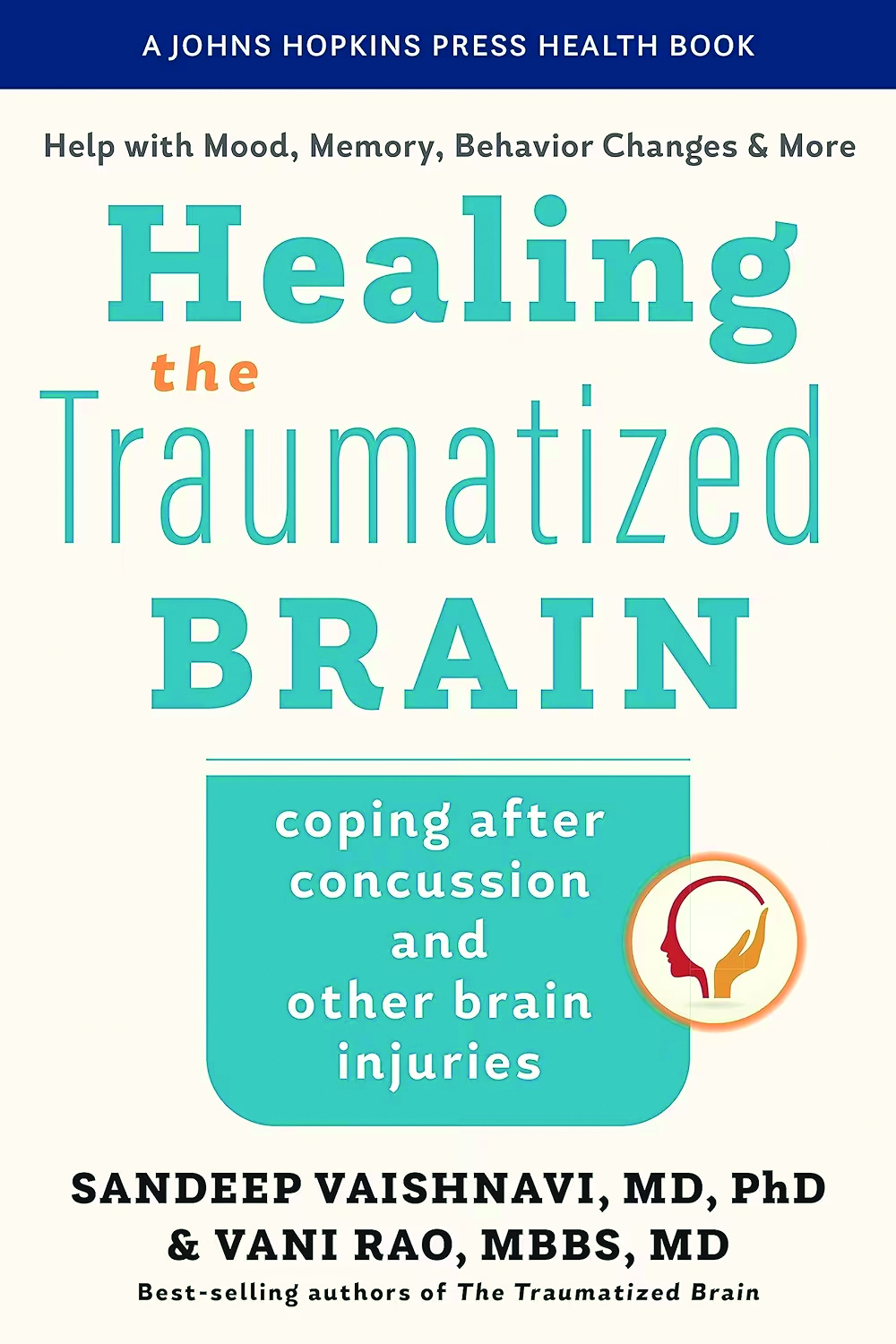The target audience of this book is people with brain injuries and their families, and more generally, anyone who wants to learn and understand brain injuries. The book aims to be a guide, explaining how the brain works, what a brain injury is (and its effects), as well as the concept of neuroplasticity (and all aspects of recovering from a brain injury). It also presents promising therapies on the horizon. The contents of the book are in seven parts and are presented systematically.
Part one builds a solid foundation of knowledge about brain structure and function, useful for readers with little knowledge, and a reference point for more knowledgeable readers. It includes useful diagrams which aid comprehension, although a complete novice might find the explanations word-heavy and may benefit from further preparatory reading.
Then, in part two, neural plasticity is discussed: how we can harness it to aid rehabilitation from brain injury, including behavioural therapy, stress management, cognitive rehabilitation, and nutrition (an enlightening read even for readers without brain injuries).
The book then moves on to the problems that may arise from a brain injury and how to manage them, in parts three to six. Each chapter starts with a real-life example of a person who has a brain injury which helps engage the reader, then delves into symptoms and management. The ending of a chapter rounds off with a summary and practical top tips for both the person with a brain injury and their carers. The authors do a wonderful job of emphasising the role of the multidisciplinary team, involving the person with brain injury at its centre.
Part seven of the book expounds potentially new treatments for brain injuries, particularly brain stimulation and the idea of plasticity. Of course, this is the section of book where the need for updated editions may be noticed first.
After part seven are the epilogue, glossary, resources, suggested reading and index; all were easy to navigate, although mostly for readers living in the USA (as a UK reader I saw… shock horror… not a single NHS website in sight).
The authors have an informative, didactic style, using lay language and elaborating when needed. With a compassionate, respectful, and clear voice, which is all the more important in destigmatising mental illness, the authors remind the reader that ‘You are not alone. There is hope. There is a way forward’.
My final assessment of ‘the traumatized brain’ is that it is worth a read. The authors bring a voice to the ‘silent’ nature of brain injuries. It is a great beginner’s guide, although a more specialist book may be needed if the reader wants an in-depth understanding, and so this book is less suitable for experienced clinicians. As such, the publisher’s price of £45.50 is rather steep.
